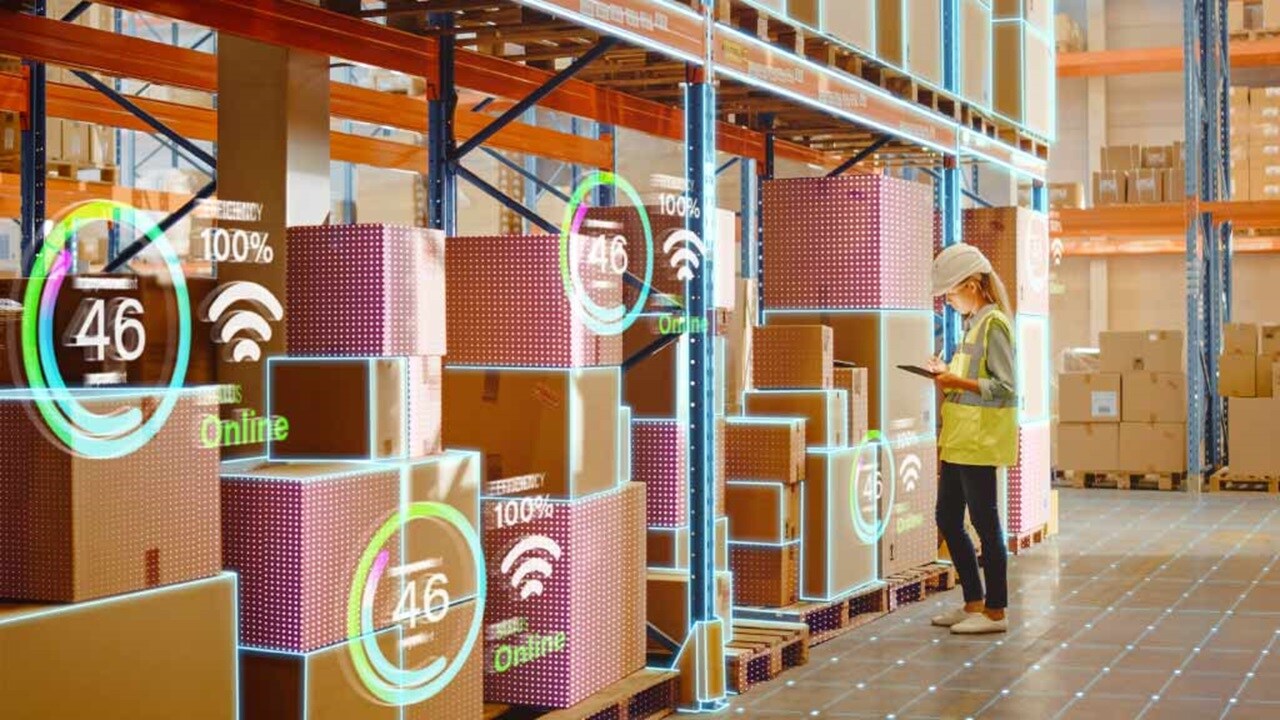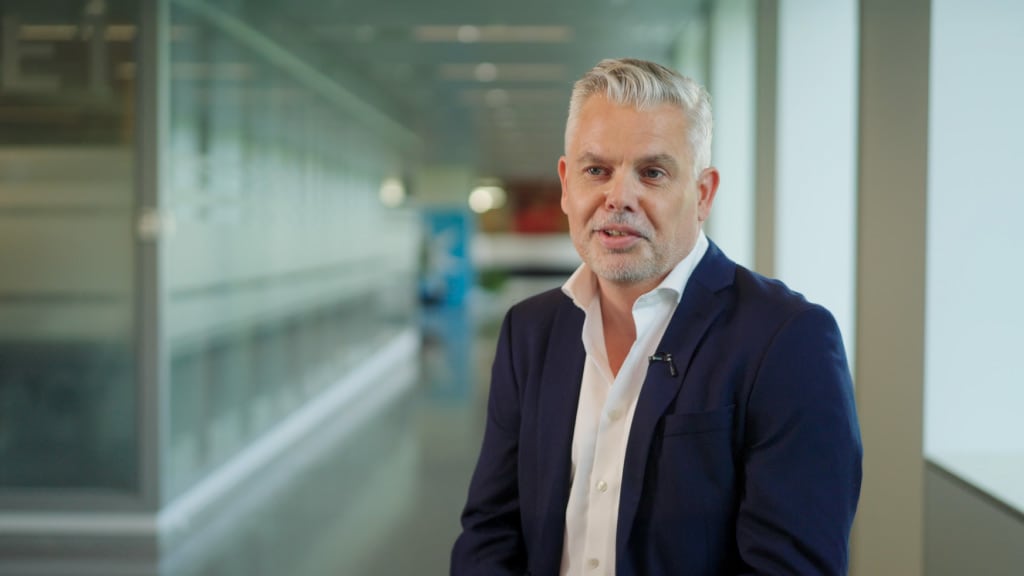The fragility of today’s supply chains
Supply chains are busier and more fragile today than they have been in decades. From the pandemic five years ago, the Red Sea contingencies to the most recent trade tariff implications, and from continuing sustainability challenges to fluctuating consumer demands, the need for manufacturers and retailers to have swift, flexible and adaptable supply chains has never been greater. It’s a tall order, but now is the time for a complete digital transformation of modern supply chains, to deliver the resilience and responsiveness that companies need to thrive.
During the pandemic, many supply chains still relied on manual processes, Excel spreadsheets, and the human capacity to predict the future and build contingencies. Although digital transformation started over a decade ago, it was developed in functional silos without the benefit of enterprise-wide visibility to enable good decision-making. Lars Kastrup – Global Head of Business Development for Supply Chain Products says now comes the realisation “that this must change”:
“It is clear that true digital transformation involves not just digitising existing processes but combining data across the business. Effective supply chain planning requires recognising the interplay of demand, supply, and inventory management. This level of complexity increases with cost pressures and rising customer expectations. So too does the amount of data produced.”

Better visibility and data quality
Good decision-making relies on using the right data of the right quality. Too much data, or data that is of poor quality, is a hindrance. Maersk’s network, for instance, comprises over 30,000 suppliers and service providers, generating a potentially rich source of data about supply chains worldwide. Yet too much data becomes mere ‘noise’. Separating useful data, the ‘signal’, which is insightful and can inform decisions and choices, is essential for customers but increasingly relies on technology.
Recently, the use of AI-powered data analytics, including machine learning and agentic AI, has surged, leading to more productive working methods by aggregating existing data and converting it into actionable insights. Maersk’s supply chain technology combines data from the enterprises within its network—their transactions, project forecasts, and divisional APIs—with external information about disruptive events. In doing so, it can deliver solutions to customers’ supply chain challenges. Its proprietary logic can identify trusted data sources and determine whether the insights apply specifically to this shipment or customer, or if they can be applied to other customers in different sectors.
Proactive decision making
The data provides insights into current situations and potential solutions, but the right logistics network is essential to deliver goods and to implement these solutions. The complexity of rapidly changing markets or consumer demand means that priorities have changed. It is no longer about ‘fast and cheap’; now it is about getting the right amount of goods delivered on time, where they are needed, whatever the circumstances. That requires a global network of air, sea and road transport, warehouses, and brokerage licenses in ports all over the world. It also requires smart thinking.

If, for instance, a vessel is delayed by three days, traditionally, an entire shipment would be transferred to another transport to make sure it arrives on time. With Maersk’s flexible logistics transport network, three days’ worth of inventory can be offloaded and delivered on time by air or road while the rest continues on its original journey. But the right data-driven insights may suggest that a three-day delay is not an issue. In which case, if product inventory is high and retail or manufacturing shelves are full, why incur the extra costs to expedite the delivery?
That kind of decision making is key to a fast, flexible supply chain and requires strong collaborative ties with business partners. If a shoe retailer, for example, wants footwear delivered to Maersk’s distribution centres, the shoe manufacturers are probably already part of the network. The retailer can be integrated quickly into the network and start working more closely with suppliers to respond swiftly to consumer demand and stay ahead of the competition.
Predictive and forward-looking
Digitisation offers visibility that extends beyond merely observing and making decisions based on the details of what is occurring on the ground, in the air, and at sea.
As Lars explains, it enables planning for the future: “Customers typically give delivery dates six months in advance, but the final date is dependent on demand spikes, or, conversely, demand drops. A customer’s inventory data can reveal demand patterns and uncover early signals of when to speed up or slow down. The added responsiveness and insight allow customers to fulfill manufacturing schedules and customer demand more easily because it reduces their reliance on the availability of raw materials.
“Combining those insights with data about future events, such as upcoming strikes, geopolitical movements around near-shoring, or sourcing that is shifting from China and Vietnam, can reveal risks in the supply chain,” he continues. “It can also help the client understand what they can do to prevent problems from materializing.”
Maersk’s technology, developed through decades of experience and technical know-how, analyses all that data and provides insightful information. This includes the emerging ability to incorporate greenhouse gas (GHG) emissions impact of the supply chain, together with lead times of cargo flows and costs. GHG emissions data for all parts of the supply chain are embedded into algorithms that provide visibility of emissions hotspots, benchmarking of carriers and logistics transportation providers, and scenarios for GHG emissions optimisation as an integral part of supply chain management. But there is still more to do. This is a continuing journey of learning and evolution.
Learn and adapt
The effectiveness of any solution is captured by AI, which helps the platform learn from previous decisions and continuously improve its output recommendations. In short, the system keeps getting smarter.
Maersk’s large pool of experienced customer service representatives are also learning from the platform, and from each other. The teams are vertically focused because, for instance, a polymer's supply chain and value operations differ entirely from those of other chemicals, and customers can have multiple commodities with altogether different supply chain setups.
The teams learn the details about how decisions are made, what is produced and when, how customer demand is forecast, orders are committed, and inventories are managed. They also learn about the technology used in planning systems and internal control towers. With that understanding, we can begin to integrate logistics into the monthly sales and operations planning cycle and build plans for the next twelve months.
Reliability is critical for customers, and their service-level agreements often comprise a range of performance metrics. Fulfillment rates are set by need and also by what is feasible.
The aim is to commit and deliver to a new standard. In the future, the industry might turn to using outcome-based pricing where the logistics provider is not just paid for delivering on time, but for preventing stock-out i.e. to keep a customer’s factories running by ensuring enough raw material is available at the right location and aligned with customers’ manufacturing schedules.
When transitioning to an outcome-based commercial model, the customers benefit from a supply chain provider’s assets and network – transport, warehousing etc. - and the greater influence they have over the outcome because they are a fully integrated part of the network.
Advice for starting the digital journey
For those customers wanting to transition to a fully integrated, fully digitised supply chain, Lars cautions that it requires careful consideration: “Think twice, because it’s hard. Have a very clear vision and strategy. Do you want to improve efficiencies, reduce costs or something else? Whatever it is make sure it is aligned to the business strategy.
“But don’t create a monster by trying to do everything in one go. Start small and scale gradually with manageable pilot projects to understand the processes and strategies you need before rolling it out across the organisation. As a global consumer goods company, for instance, you might want to look at specific transport lanes (such as an inbound route to a factory where there are difficulties) or a delivery lane (from Malaysia to a customer in Egypt, for example) to figure out what solutions, (i.e. processes or technologies) are needed and pilot those for a few months. If successful, then scale up – or fail fast.”
Technology is an enabler but not the whole solution. Digital transformation is about process, people and culture – in combination it creates a great network which can truly add value.
It is important to use the right partner with a network and ecosystem you can lean on, like Maersk, to help begin improving collaboration between suppliers and logistics providers to remain competitive, even in turbulent times. Maersk’s ability to build and offer scalable tech solutions, combined with our strong operational execution across the globe, puts us in a unique position to support our customers on this journey.
If you are ready to digitally transform your supply chain, contact us for an informal discussion with our experts.
Thank you for reaching out!
We’ll get in touch with you shortly.
Please be aware that if you’re new to Maersk, you’ll first receive an email to verify your information before we can reach out.
If you want easy access to our products and services, you can also create an account here:
We're sorry, but there was a problem sending your contact request.
Please review the form fields and ensure all required information is provided correctly. If the issue persists, please contact our support team for further assistance.
If you are ready to digitally transform your supply chain, contact us for an informal discussion with our experts.
How can you be ready for anything?
Instability is on the rise, causing logistics to feel the pressure of the constant disruptions. Is your business resilient enough? Do you know what it takes to build resilient supply chains in today's world?
Learn how Maersk can help with logistics resilience.
I agree to receive logistics related news and marketing updates by email, phone, messaging services (e.g. WhatsApp) and other digital platforms, including but not limited to social media (e.g., LinkedIn) from A. P. Moller-Maersk and its affiliated companies (see latest company overview). I understand that I can opt out of such Maersk communications at any time by clicking the unsubscribe link. To see how we use your personal data, please read our Privacy Notification.
By completing this form, you confirm that you agree to the use of your personal data by Maersk as described in our Privacy Notification.













